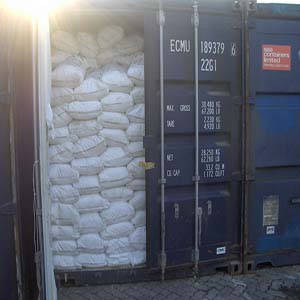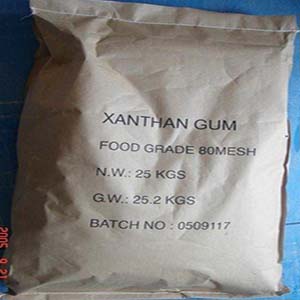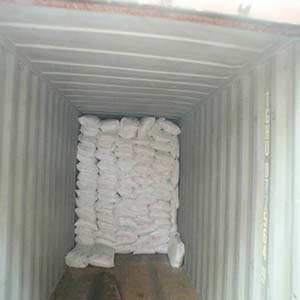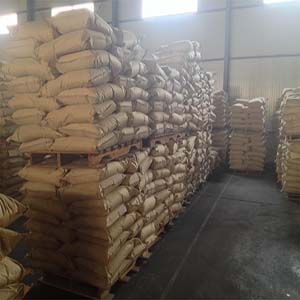Thickeners
Konjac Gum
- CAS# 37220-17-0
- Qty in 20' FCL:18MT
- QC:Haccp,Kosher,Halal,Iso
- Product description: Konjac Gum
Konjac Gum is a kind of pure natural hydrocolloids, it is refined Konjac Gum powder processed by alcohol precipitation. Konjac Gum main ingredients is Konjac Glucommanan(KGM)with high purity of more than 85% on dry basis. White in color, fine in particle size, high viscosity and with no special smell of konjac, stable when dissolved in the water.Konjac Gum has the strongest viscosity among the plant -based water -soluble gelling agent. Fine particle size, fast solubility, high expand capability of 100 times of its weight, stable and nearly odorless.
Cultivation and Use
Sashimi konyaku, usually served with a miso-based dipping sauce rather than soy sauce.Konjac is grown in India, China, Japan and Korea for its large starchy corms, used to create a flour and jelly of the same name. It is also used as a vegan substitute for Gelatin.
In Japanese cuisine, konjac (konnyaku) appears in dishes such as oden. It is typically mottled grey and firmer in consistency than most gelatins. It has very little taste; the common variety tastes vaguely like salt. It is valued more for its texture than flavor.
Ito konnyaku is a type of Japanese food consisting of konjac cut into noodle-like strips. It is usually sold in plastic bags with accompanying water. It is often used in sukiyaki and oden. The name literally means "thread-konjac".
| ITEM | STANDARD |
| Appearance | Odorless, white or light yellow fine powder |
| Particle Size | 95% pass 120 mesh |
| Viscosity (1%, 25℃, mPa.s) | As per need (25000~ 36000) |
| Konjac Glucomannan (KGM) | >= 90% |
| pH (1%) | 5.0- 7.0 |
| Moisture (%) | =< 10 |
| SO2 (g/kg) | =< 0.2 |
| Ash (%) | =< 3.0 |
| Protein (%, Kjeldahl method) | =< 3 |
| Starch (%) | =< 3 |
| Lead (Pb) | =< 2 mg/kg |
| Arsenic (As) | =< 3 mg/kg |
| Ether-soluble material (%) | =< 0.1 |
| Yeast & Mould (cfu/ g) | =< 50 |
| Total Plate Count (cuf/ g) | =< 1000 |
| Salmonella spp./ 10g | Negative |
| E.Coli/ 5g | Negative |




 Customer service
Customer service